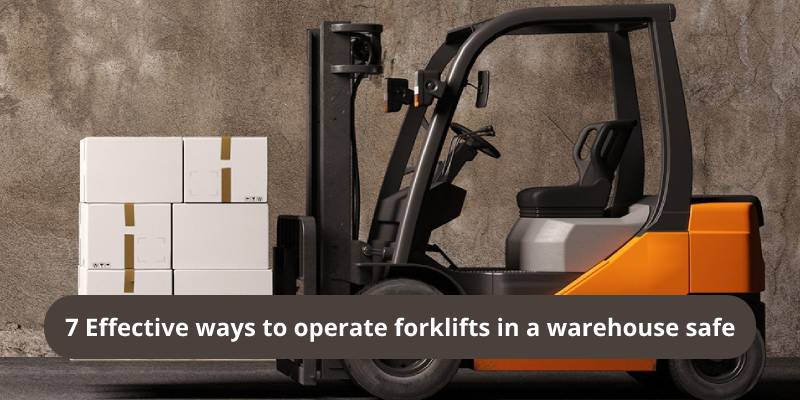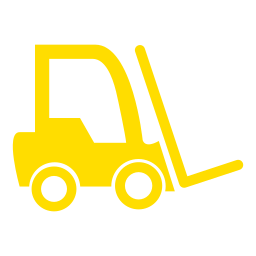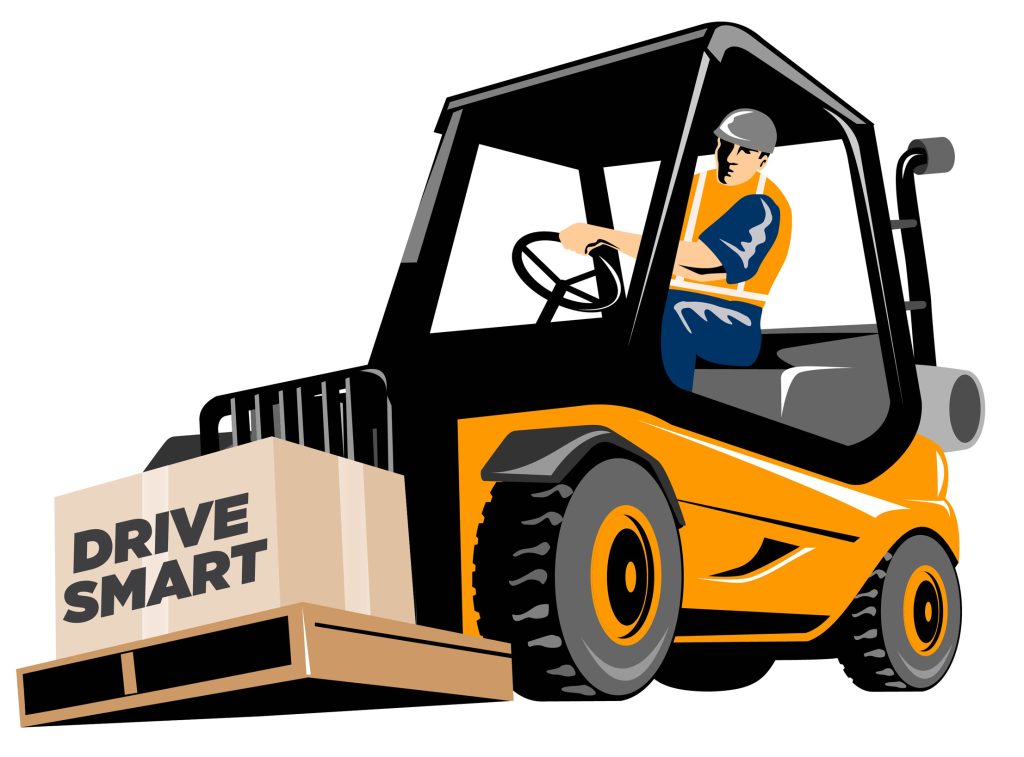Forklift Training Auckland offered by Drive Smart Nz, the forklift license provider, is one of the best training programmes. Driving the Forklift without a Forklift license in Nz is a dangerous act, so everyone who joins the logistic company is advised to finish the Forklift Training Auckland course for the best performance and to avoid any accidents or incidents. There are seven effective ways to operate forklifts in a warehouse safely.
Consider Forklift Capacity:
To maximize forklift safety, the forklift licensed operator should be aware of the load capacity shown on the rating plate and avoid overloading the truck. Never utilize counterweights to enhance the load capacity, including the weight of any attachments.
Maintain Maximum Visibility:
To guarantee a clear forward view, keep the load short and low to the ground; if visibility is restricted, drive the forklift gently backward to improve visibility, except when driving up ramps. If the view is obstructed by obstacles such as high stacks or corners, the operator should pause and determine that it is safe to proceed; a lookout may be required to assure safety.
The operator who finished the forklift training Auckland should be familiar with and follow all company regulations concerning material handling and forklift safety, such as obtaining regular forklift training, wearing proper Personal Protective Equipment (PPE), wearing a seatbelt while operating, adhering to the speed limit, and only carrying passengers when a man basket is attached.

Use Caution While Crossing Pedestrian Zones:
The operator who has a forklift license in Nz should slow down and watch for any onlookers when approaching regions with heavy foot activity. Before driving, the operator should stop, sound the horn, and look for pedestrians at crossroads, corners, stairways, doors, exits, and entrances.
Safely refuel:
Forklifts should only be refuelled in specified areas; the engine should be turned off, and open flames and sparks, including smoke, should be avoided.
Finish the Shift Correctly:
The operator with the forklift license should park the forklift truck at a designated area when the shift ends. The forks should be dropped to the ground and activated by the parking brake. Please turn off the truck and take the key from the ignition, which should be kept in its correct spot.
Inspections on a daily basis:
Forklift vehicles should be thoroughly examined before each shift to ensure optimal function and maximize forklift safety, including executing prescribed daily safety checks. Any problems should be reported to the shift supervisor right away, and the truck should be taken out of operation.
Plan Based on the Operational Environment
The operator of a forklift should evaluate the planned route for any hazards or impediments before driving it. To make a clean passage, relocate any loose debris on the floor. Overhead clearances should be measured in relation to the forklift’s height when carrying the specified weight. Bridge plates and loading ramps should be verified to ensure that the combined weight and width of the forklift and cargo are sufficient. Ramps, railroad tracks, and elevators should be approached slowly and carefully. Bumps, holes, wet sections, and sudden curves should be avoided; if possible, choose an alternate, simpler route.




